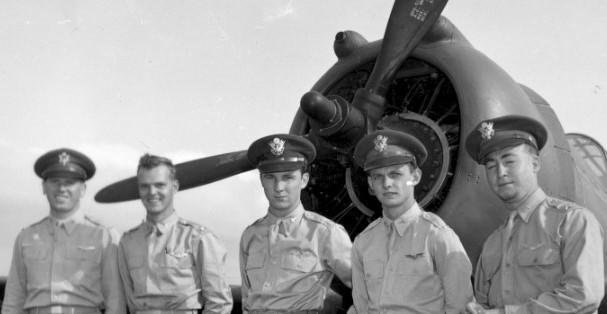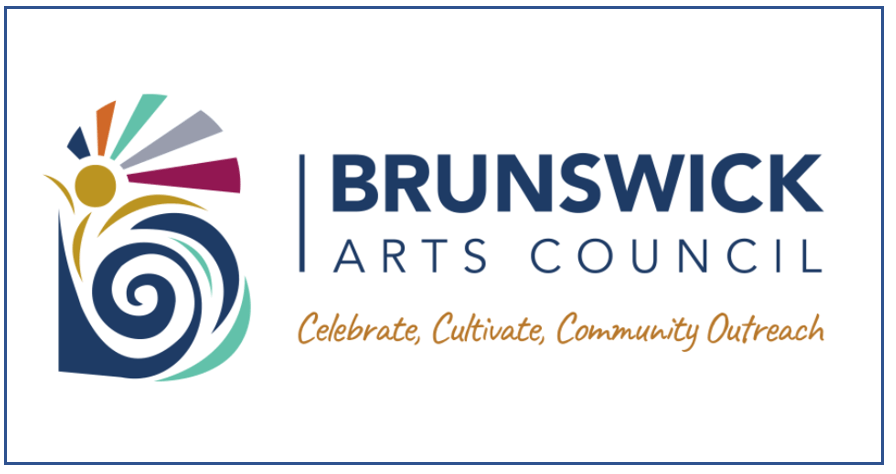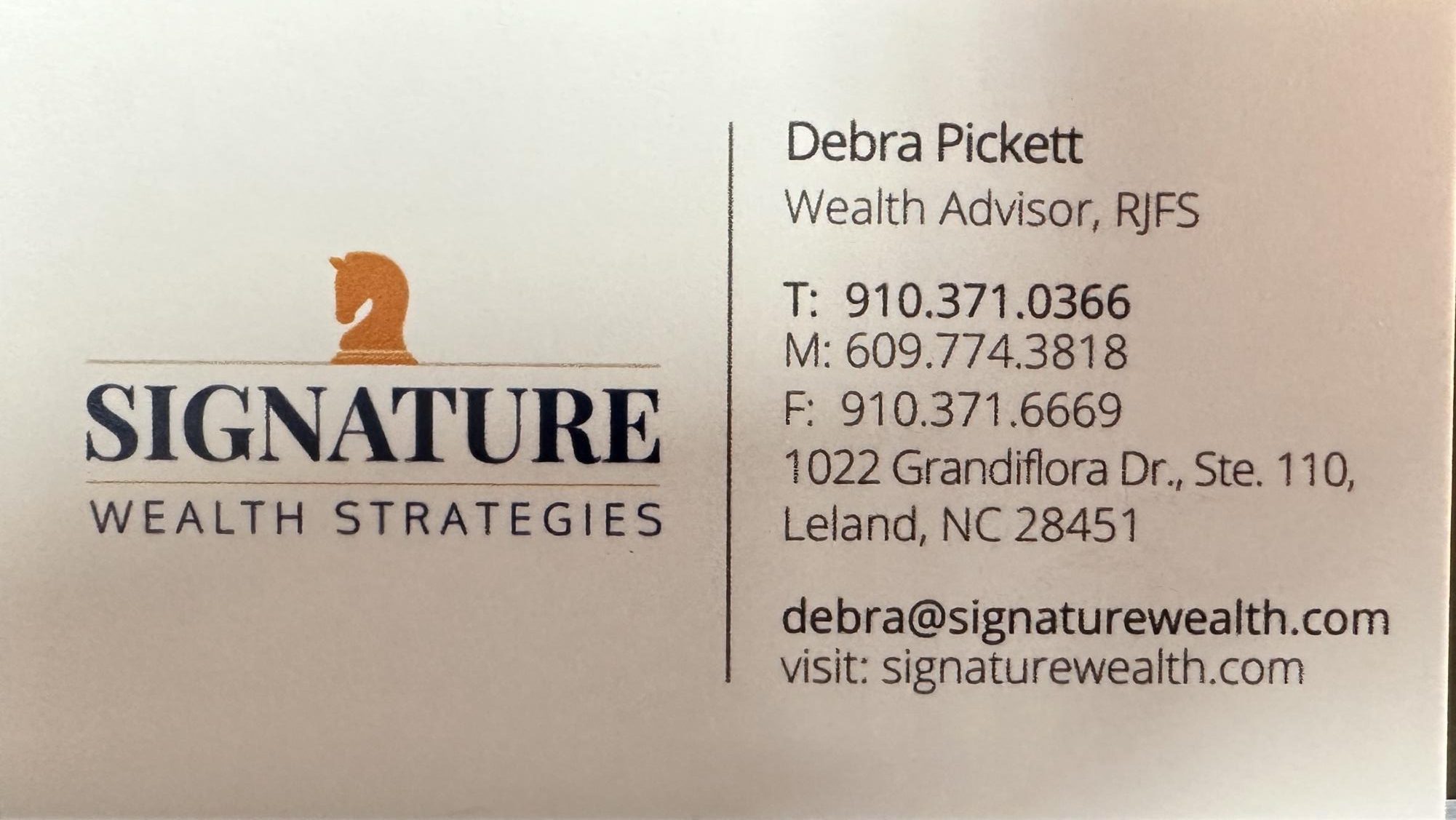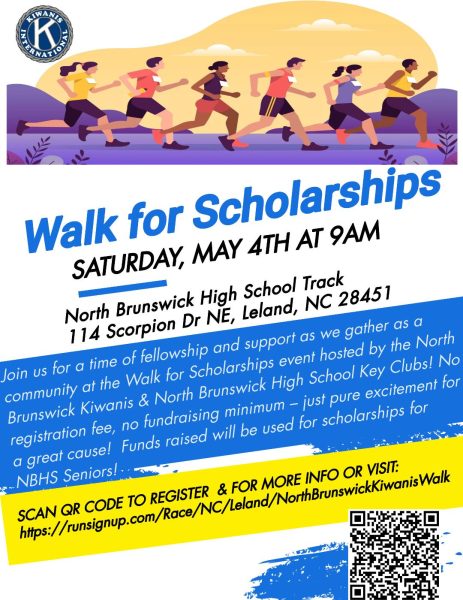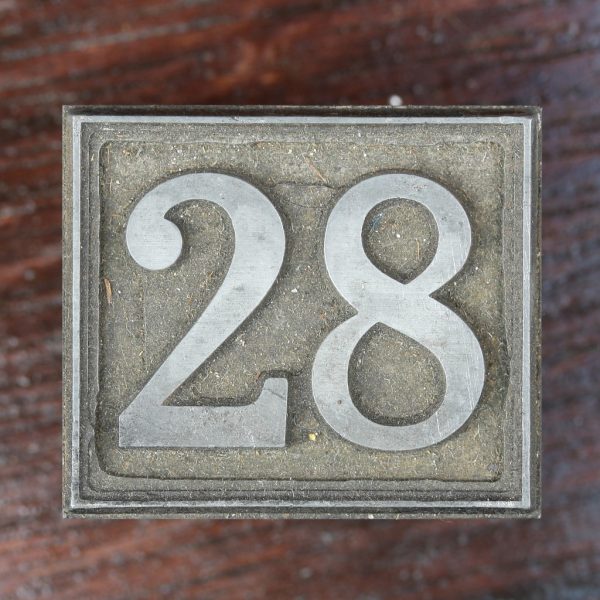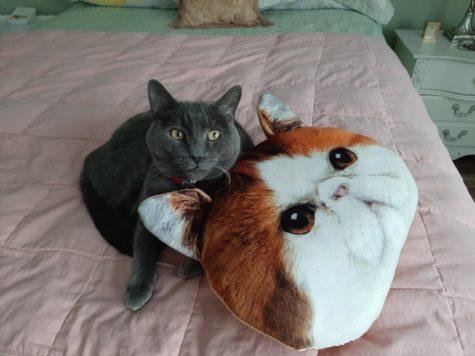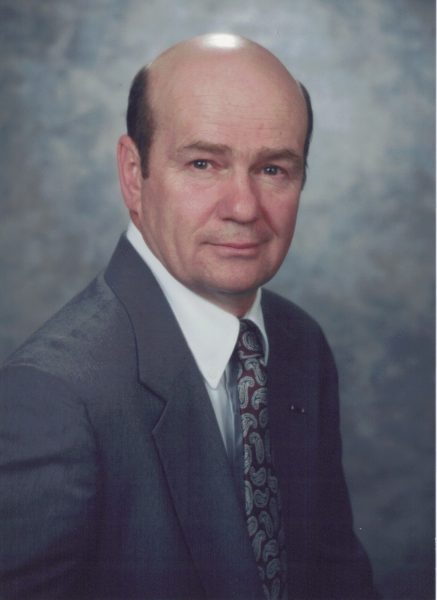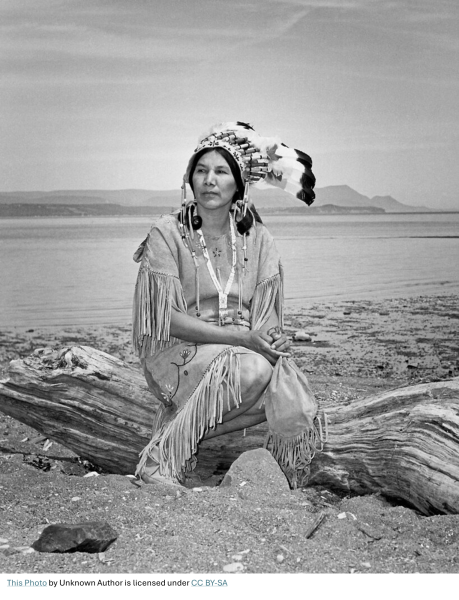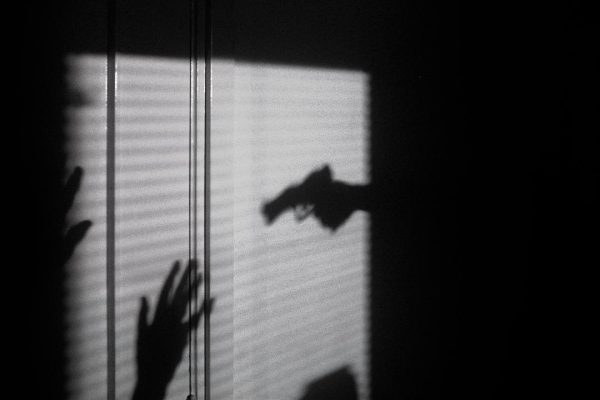The American Pilots of Pearl Harbor
November 30, 2022
 On December 7th, it will have been 81 years since the skies over the naval base at Pearl Harbor filled with the drone of more than 350 Japanese fighter planes and bombers. In less than two hours the Japanese inflicted terrible destruction upon the five military airfields located in Hawaii. A handful of US Army fighter pilots got their planes into the air to put up a spirited defense against the Japanese on that fateful Sunday flying either Curtis P-36 “Hawks” or P-40 “Warhawks.”
On December 7th, it will have been 81 years since the skies over the naval base at Pearl Harbor filled with the drone of more than 350 Japanese fighter planes and bombers. In less than two hours the Japanese inflicted terrible destruction upon the five military airfields located in Hawaii. A handful of US Army fighter pilots got their planes into the air to put up a spirited defense against the Japanese on that fateful Sunday flying either Curtis P-36 “Hawks” or P-40 “Warhawks.”
Lieutenants Kenneth Taylor and George Welch were the two best known of those. Even though they had partied late the night before and their ground crews advised against it, they decided to take off in their P-40sto defend their base anyway. One of Welch’s guns jammed, and Taylor was wounded during their first sortie, but they were credited with eight kills, four in their first sortie and four more in their second. Both were recommended for the Medal of Honor, but it was denied because their superiors said they had taken off without authorization.
Lieutenants Harry Brown and John Dains had also attended a party late the night before to celebrate the end of gunnery instruction. They were awakened by the first wave of the attack and headed for their “Hawks.” Brown took off dressed in pajama top and tuxedo trousers. After Brown got into the air, he found that only one of his machine guns was operational. He engaged two enemy torpedo bombers, hitting one, but assumed it had escaped. The plane crashed but was not found until 2002. Brown then managed to shoot down another.
Fateful Decision
Squadron Commander Lieutenant Lewis Sanders made a decision the day before the attack that saved most of his squadron’s “Hawks.” After completing a formation on 6 December, he directed his pilots to place their planes on the end of the field. During the attack on the 7th, smoke from the destruction drifted over the parked planes, luckily hiding them. On his way to the flight line Sanders recruited Lieutenants John Thacker, Philip Rasmussen and Gordon Sterling and told them to find the first available plane and follow him. Once airborne, the group encountered a formation of six bombers and chased them off. Sanders pursued the leader and sent it into the ocean. He then spotted Sterling following another bomber. Behind Sterling another enemy was shooting at him that Sanders quickly engaged. The plane that Sterling was attacking crashed, but Sterling was also shot down. Sanders meanwhile shot down the second bomber.
Rasmussen had jumped into the cockpit of his P-36 wearing only pajamas with a pistol strapped on the outside. He took off following Sanders. Rasmussen had charged his guns, only to have them start firing on their own unintentionally, but then shot down a Japanese fighter that passed in front of him. He shot down a Japanese Zero and was able to cripple another before two enemy pilots raked his plane with gun fire inflicting several bullet holes. His plane was badly damaged by that time and fell into an uncontrolled plunge until he regained control. The canopy on his cockpit was blown off, but he managed to land without brakes, rudders, or a tail wheel with over 500 bullet holes.
Dains, who had taken off with Brown, shot down one Zero, but, on his final mission, he was misidentified by Army gunners on the ground and shot down while trying to land. He was, therefore, a “friendly fire” casualty. Sterling was the only pilot lost in actual combat.
These six brave American pilots who got their planes into the air destroyed 13 Japanese aircraft. Taylor and Welch were awarded the Distinguished Service Cross, Brown, Rasmussen and Sanders were awarded the Silver Star and Sterling was awarded the Distinguished Service Cross posthumously.
Each of these pilots made an outstanding effort to defend Pearl Harbor that day. However, the e destruction and the loss of life overshadowed their accomplishment. Their courageous response and superior skills in the air set a high standard for the many pilots who would follow them. They were among the first American heroes of World War II.

